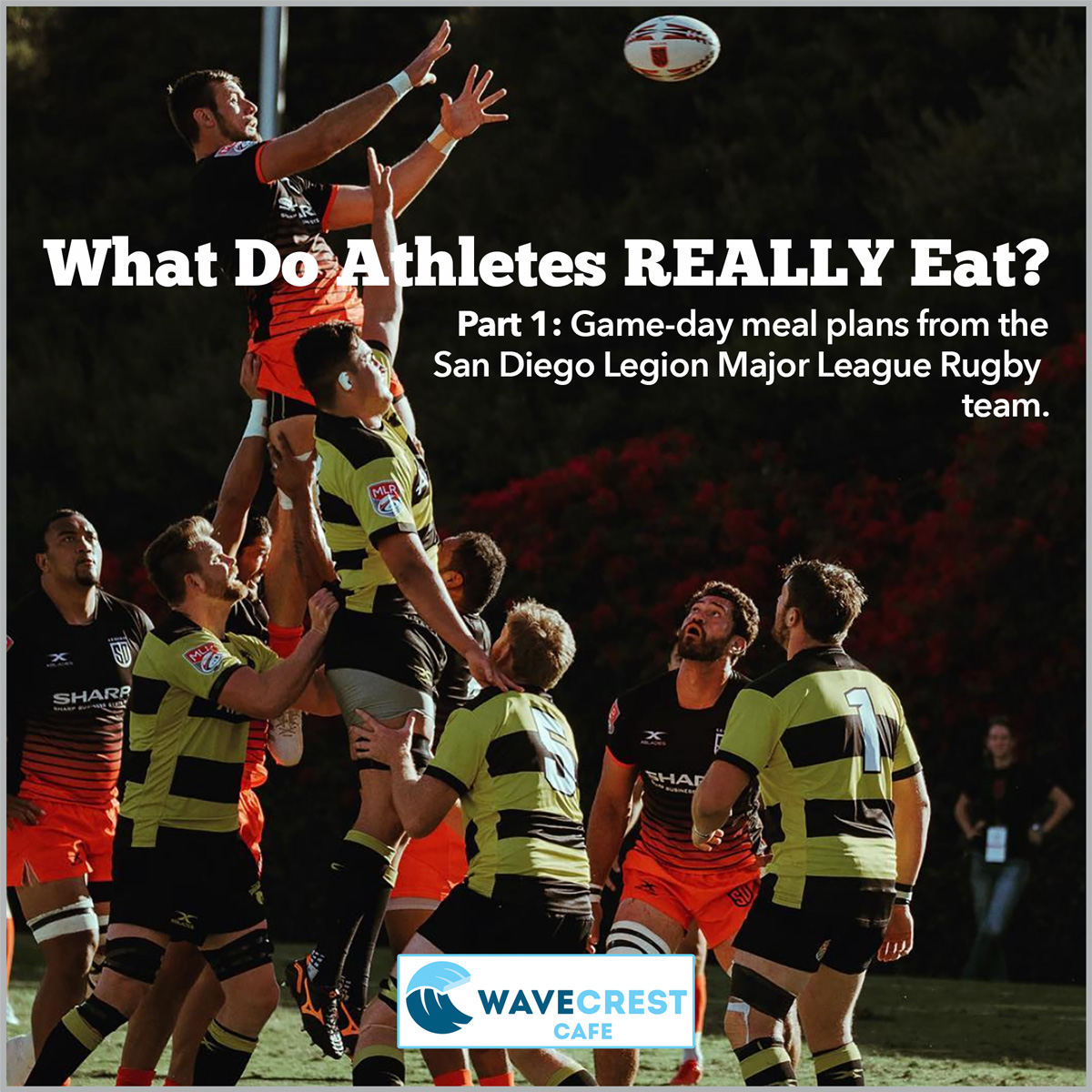
What Do Athletes REALLY Eat? Part 1: Rugby.
January 08th, 2019
When looking at the advertising landscape, one might think that athletes exist on a diet comprised primarily of fast food, energy drinks and candy bars with the slightest amounts of peanuts. The reality, however, is quite different. Future Hall of Fame quarterback Tom Brady has made much of his nutritional regimen as a primary reason he continues to play at an elite level in his 40s. The same goes for skaters from the legendary Tony Hawk to a current top-10 global skater like Jordyn Barratt.
And while we recognize that not everyone is an elite athlete, there are lessons to be learned about the importance and benefits of healthy eating and how it affects our overall health. We’ve explored the reality of what athletes eat in a number of ways, and will be doing a series of posts about that. We’re starting close to home, with San Diego’s very own professional rugby team, SD Legion. The team’s 2019 schedule kicks off on January 27th, and the team is in the midst of training to gear up for a grueling 16-game season with teams from across the country.
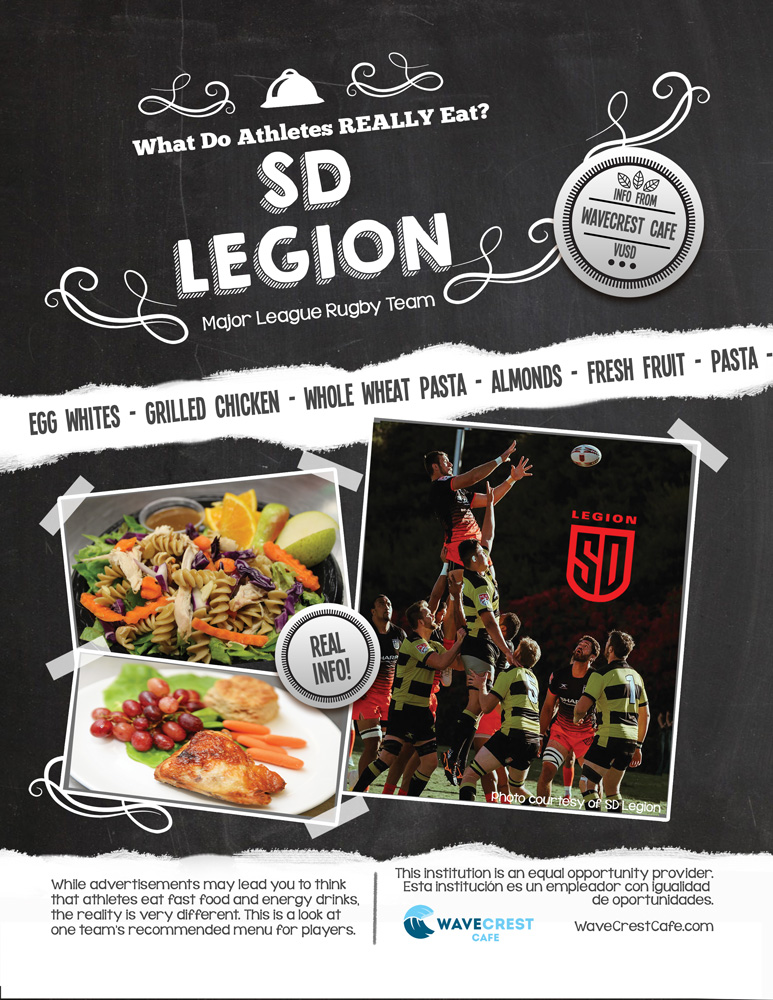
The team was kind enough to share with us a sample of their recommended game-day menu for players. For a deeper look, just click here. You’ll see that the team has laid out an intentionally balanced meal plan that shows not just a list of items that are suggested, but the purpose and benefit of various food groups. Proteins are used to build and maintain muscle. Grains, with an emphasis on whole grains, provide much-needed fuel. Fats are designed to protect the body, keeping joints loose.
Our SD Legion game-day menu sheet shows items from our own menu that are designed to power and fuel learning. Of course, not everyone expends the same amount of energy in a day, and meal portions should be designed to meet that.
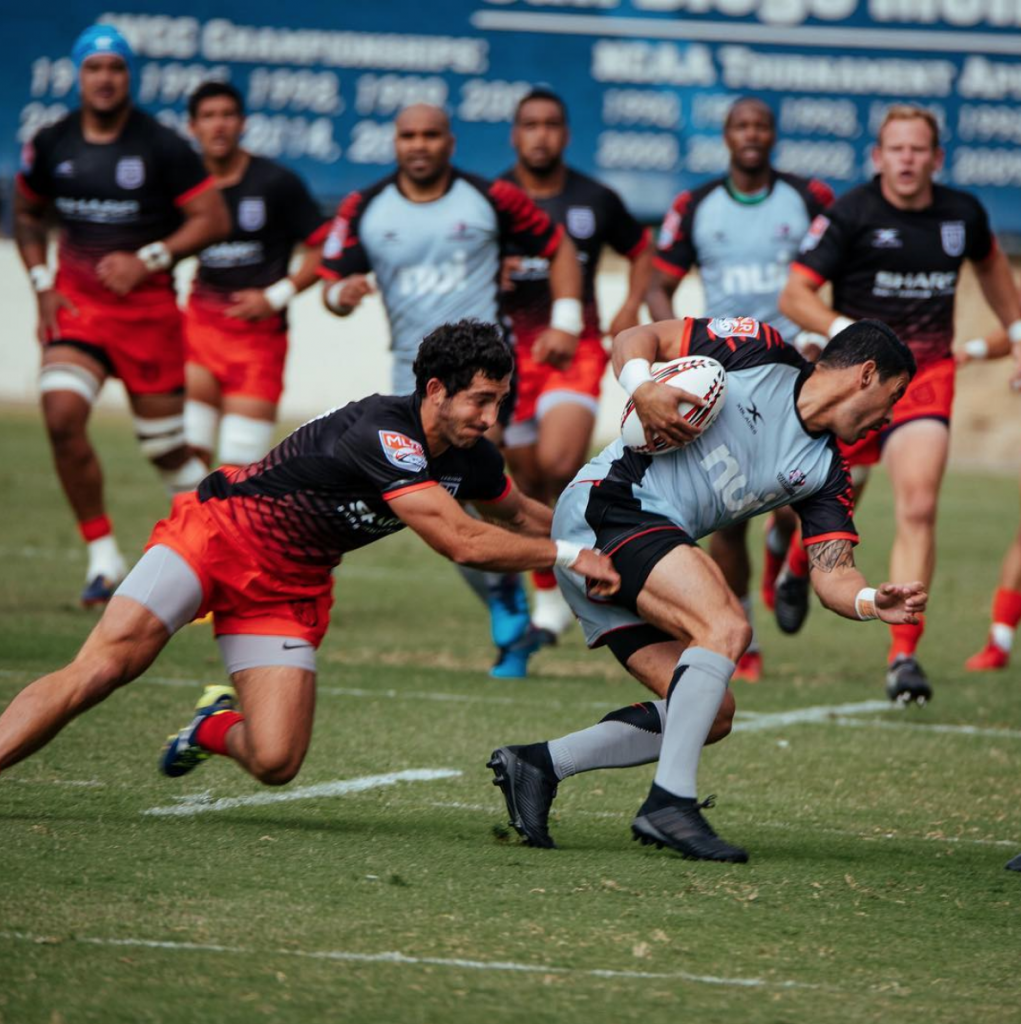
An average high school student probably isn’t burning the same number of calories as a professional rugby player. Following USDA guidelines, WaveCrest Cafe serves lunches that offer ⅓ of the RDA (Recommended Daily Allowance) for the average teenager – which is between 750-850 calories.
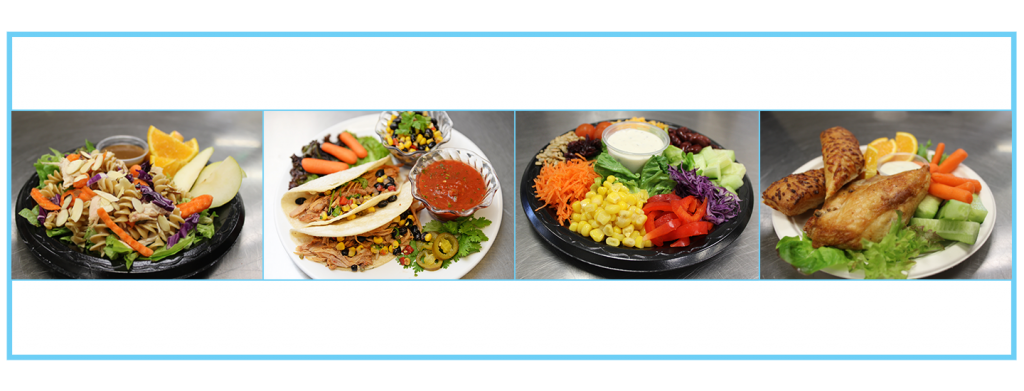
Students are given the freedom to choose from a variety of fruits, vegetables, and beverages offered in order to create a well-rounded and balanced meal. We encourage students to make the most of the fresh produce offered and build around our entrees.
And a high school athlete may burn more than someone involved in another activity, requiring more fuel for the day.
The goal here is to be aware of the benefits of making intentionally healthy choices to fuel both our bodies and minds. We hope you’ll take some time to look at our resources and consider your own eating habits and how you can make them healthy and fun. Thanks to Legion SD for providing insight into their process.
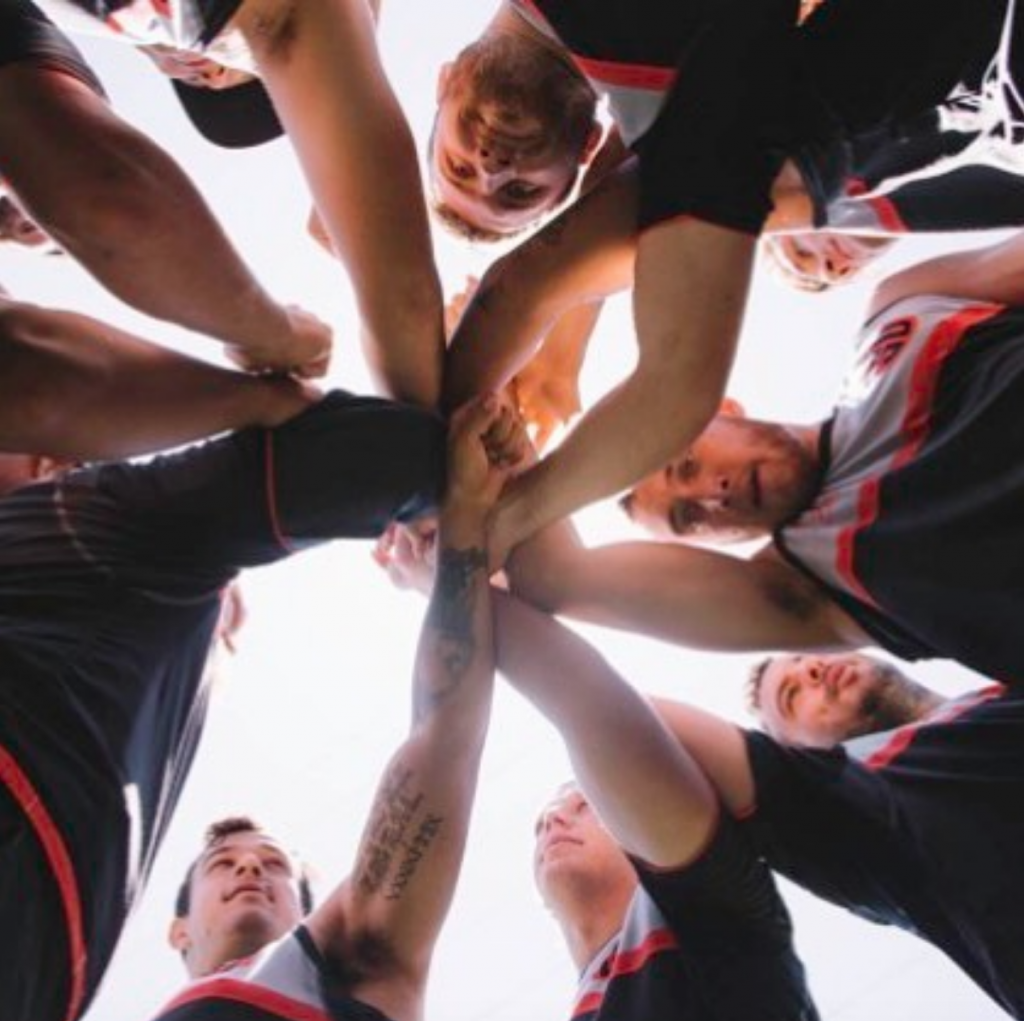
Read the other installments of our series
Part 2: X-Games Athletes
Part 3: Feeding An NFL Team For A Week
